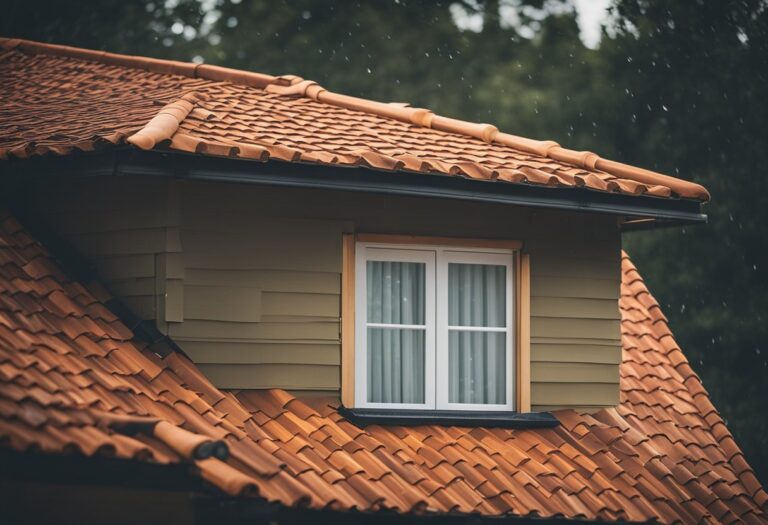The Green Roof Movement: Eco-Friendly Solutions for Sustainable Living

The green roof movement is gaining traction as an eco-friendly solution for sustainable living. As cities continue to grow and expand, green roofs offer a way to combat the negative effects of urbanization. Green roofs are essentially roofs that are covered in vegetation, such as grasses, flowers, and even small trees. These roofs provide a host of benefits, including reducing urban heat island effects, improving air quality, and reducing stormwater runoff.
One of the main benefits of green roofs is their ability to reduce urban heat island effects. Urban areas tend to be warmer than surrounding rural areas due to the amount of heat absorbed by buildings and pavement. Green roofs help to mitigate this effect by providing a layer of insulation and reducing the amount of heat that is absorbed by buildings. This can help to lower energy costs and improve the overall comfort of urban areas.
Understanding the Green Roof Movement

Historical Background
Green roofs have been around for centuries, with early examples dating back to the Hanging Gardens of Babylon in 500 BC. However, it wasn’t until the 1960s that modern green roofs began to emerge in Germany. These early green roofs were primarily used for insulation and stormwater management, but their popularity quickly grew as people began to recognize their environmental benefits.
Types of Green Roofs
There are two main types of green roofs: extensive and intensive. Extensive green roofs are lightweight and require minimal maintenance, making them ideal for residential and commercial buildings. They typically feature a thin layer of soil and vegetation such as sedum, grasses, and wildflowers. Intensive green roofs, on the other hand, are more complex and require more maintenance. They can support a wider variety of plants and can even include trees and shrubs.
Key Principles and Components
The key principles of green roofs include vegetation, substrate, drainage, and waterproofing. Vegetation is the most visible component of a green roof and can include a variety of plants, depending on the type of roof. Substrate refers to the growing medium, which should be lightweight, well-draining, and nutrient-rich. Drainage is critical to prevent water from accumulating on the roof, which can cause damage to the building. Waterproofing is also essential to protect the building from leaks and water damage.
Overall, the green roof movement has gained momentum in recent years as people become more aware of the environmental benefits of green roofs. By incorporating green roofs into building design, we can reduce stormwater runoff, improve air quality, and create a more sustainable future.
Benefits and Challenges

Environmental Advantages
Green roofs offer numerous environmental benefits. They help reduce the urban heat island effect by absorbing and releasing heat, which in turn helps reduce energy consumption. Green roofs also improve air quality by filtering out pollutants and carbon dioxide. They also help reduce stormwater runoff by absorbing rainwater and releasing it slowly, which reduces the risk of flooding.
Economic Incentives
Green roofs can also provide economic benefits. They can extend the life of a roof by protecting it from the elements, which reduces maintenance costs. They can also reduce energy costs by insulating buildings and reducing the need for air conditioning. Green roofs can also increase property values and attract tenants, which can result in higher rental income.
Social and Health Benefits
Green roofs can provide social and health benefits as well. They can create green space in urban areas, which can improve the quality of life for residents. Green roofs can also provide opportunities for urban agriculture, which can improve access to fresh produce. They can also improve mental health by providing a peaceful and relaxing environment.
Implementation Barriers
Despite the numerous benefits of green roofs, there are also implementation barriers. One of the biggest challenges is the cost of installation, which can be higher than traditional roofs. There are also challenges related to building codes and regulations, as well as maintenance requirements. It can also be difficult to find qualified professionals to install and maintain green roofs. However, with the right planning and support, these barriers can be overcome.






